1. Gjoel
The pilot area Gjoel covers 4004 ha and belongs to Jammerbugt municipality. Before the 1900’Th century the area was exposed to regular floods, which occasionally resulted in total flooding of the northern low lying area causing island formation of the southern elevated area. Initiatives in sense of dyke constructions and drainage systems up through the 1900’Th century has resulted in the formation of the peninsular that we see today. The Gjoel area thereby represents a landscape with a very variable terrain. Together with the sandy soils this makes the area more suitable for crops with a general lower yield potential than for example the pilot area Lammefjord. Agriculture is the primary land use in the area, but nature outside agriculture still covers a relatively large part of the southern area.
Download a complete PDF description here.
Map: Geographical location of the pilot area Gjoel.
LAND USE GJØL
The main land use in Gjoel is intensive agriculture (68.4 %) followed by nature areas outside agriculture such as open nature, forest, and water (total 16.9 %) and urban areas (9.6 %) (map and table). Gjoel thereby represents – together with Norsminde Fjord – areas where the cover of forest, water, and open nature is average compared to the other pilot areas (figure).
Land use is illustrated on the map and the belonging table for Gjoel below. Furthermore, land use for the 7 pilot areas is illustrated in the figure.
Map: Land use in the pilot area Gjoel in 10×10 meters resolution.
Table: Land use in Gjoel in hectare (ha) and share of total area in percent (%).
Figure: Land use in the 7 pilot areas described as share of total area in percent (%). The pilot areas are listed to % agriculture.
SOIL CHARACTERISTICS GJØL
Overall the western soils of Denmark contain a high sand percentage whereas the eastern parts are dominated by the more heavy soils – clay (map 1). Gjoel is located in northern Jutland and is also dominated by sandy soils (98.1 %) (map 2 and table).
The soil types of the pilot area are illustrated on map 2 and the belonging table below.
Map 1: Soil type in Denmark.
Map 2: Distribution of soil types in the pilot area Gjoel in 30.4×30.4 meters resolution.
Table: Distribution of soil types in the pilot area Gjoel in hectare (ha) and share of the total area in percent (%).
TERRAIN GJØL
With an elevation varying from -1 to 31 meters above sea level (map 1) and a slope of the terrain of 0 – 8 degrees (map 2) Gjoel represents a highly variable terrain. Together with the sandy soil this makes the area suitable for crops with a general lower yield potential than for example the pilot area Lammefjord.
Map 1: Elevation in Denmark (a) and in the pilot area Gjoel (b) in 48×48 meters resolution.
Map 2: Slope of the terrain in Denmark (a) and in the pilot area Gjoel (b) in 48×48 meters resolution
HYDROLOGY GJØL
Wetness is here illustrated by the topographical wetness index. The wetness index calculates how much water a given point in the terrain potential can receive (the size of the catchment) in relation to its ability to drain itself (slope of the terrain). The index expresses the ability of the point to accumulate water. It is based alone on placement of the point in the terrain and the shape of the terrain, and does not include other factors such as soil type, precipitation, etc.
Gjoel show a high variation in wetness. Still, there is relatively dry towards the southern part which also has high elevations.
Map: Topographical wetness index in Denmark (a) and in the pilot area Gjoel (b) in 48×48 meters resolution.


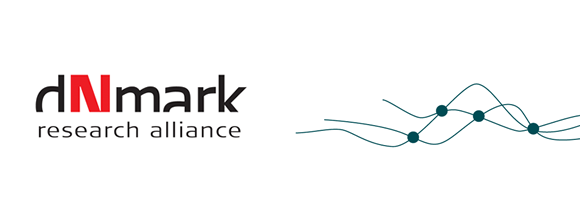
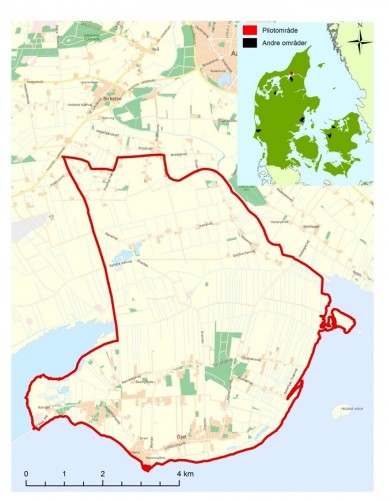
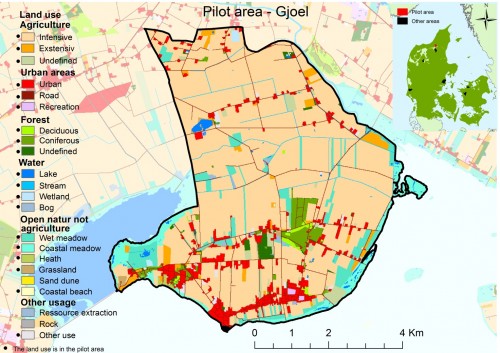
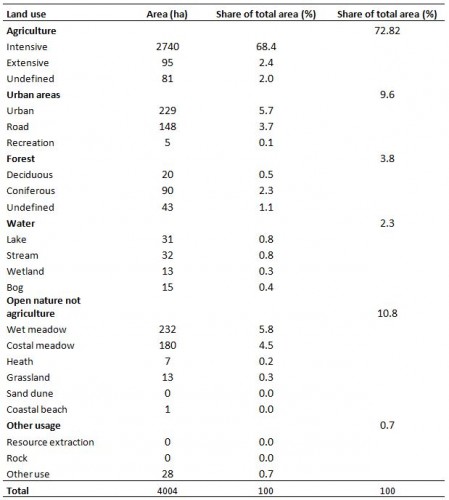
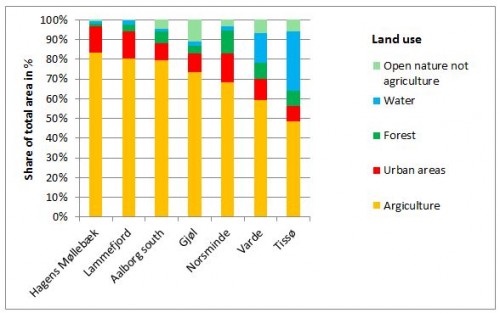



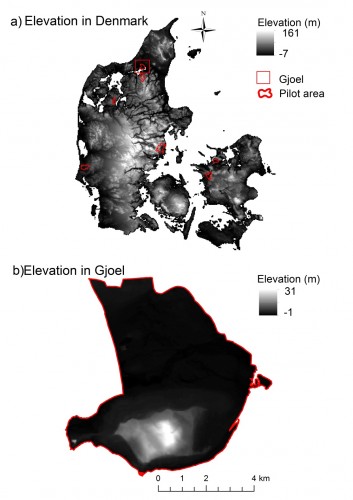
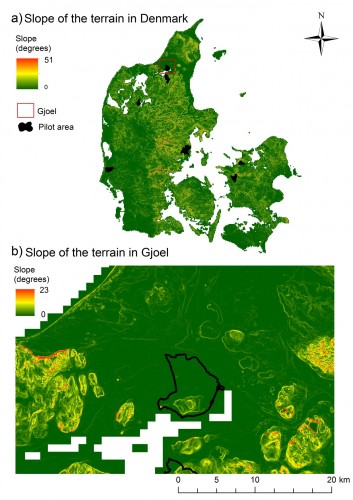
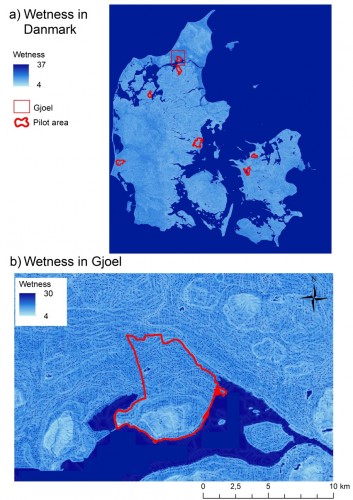
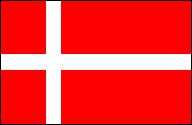 Danish
Danish